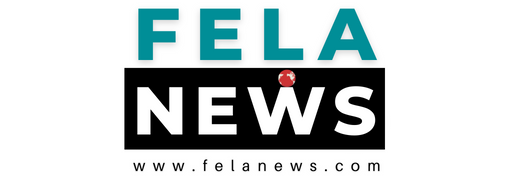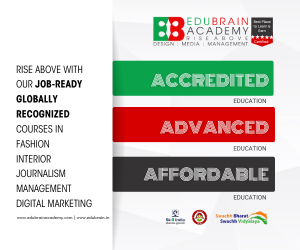The West Bengal government made the State Education Policy, 2023, public on Saturday, less than a week after alerting the public. It has advocated the implementation of a three-language formula in the upper primary level (classes V to VIII), with the first language—the “mother tongue”—serving as the medium of instruction, while maintaining the current 5+4+2+2 pattern for school education. Additionally, it suggested that each student have their own identity card.
The following academic year will see the implementation of the new education policy for the state-sponsored and -aided schools.
According to the State Education Policy, the introduction of the three-language system in schools for children in classes 5 through 8 would depend on the infrastructure and resources that are available. It is suggested that the first language (mother tongue) would be used as the school’s medium of instruction, such as English, Urdu, Hindi, and Kurmali in Kurmali-medium schools, Santhali in Santhali-medium schools, Rajbanshi in Rajbanshi-medium schools, Bengali in Bangla-medium schools, etc.
According to the regulation, the second language may be any language other than the student’s primary language or English in a non-English medium. Other than the student’s first and second languages, any other language may be chosen as the third language. The three-language formula will only be used for upper primary levels since it is important to not strain children’ ability to learn languages during the primary stage while also taking into account their developmental needs.
The education policy also suggested that pupils learning various instructional media in elementary school be allowed to take “Bangla” as a topic from Class I to Class XII, but not as their first language.
The policy’s statement regarding the continuation of the 5+4+2+2 pattern for schooling reads, “The current structure of school education in West Bengal follows a 5+4+2+2 pattern. The pupils proceed through four years of upper primary, two years of secondary school, and two years of higher secondary after starting with one year of pre-primary and four years of primary school up till class 4. It is suggested that the state continue to follow the same approach.”
The addition of the first two years of preschool education in an anganwadi centre is the only adjustment to the framework that has been recommended. After that, the child would attend a public or private pre-primary school for one year. According to a 178-page policy posted on the West Bengal School Education Department website, “the existing structure of primary, upper primary, secondary, and higher secondary would remain as it is.”
The policy suggested “appropriate and adequate career counselling” at the secondary education level to give pupils the tools they need to make future career decisions based on their interests and abilities. Additionally, it suggested that schools think about holding a “graduation ceremony” to honour children who are promoted to the following class.
It has been suggested that “introducing a semester system to ease the transition from school to university in a phased manner” be done at the Higher Secondary Education level (Classes XI and XII). “A combination of multiple-choice questions (MCQs) and descriptive questions may be introduced in semester examinations,” it continued.
Stay Update with FELA NEWS|
Source: The Indian Express





